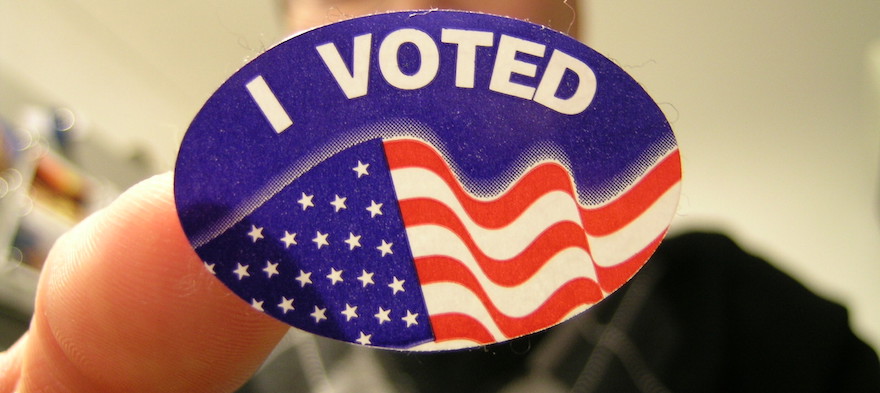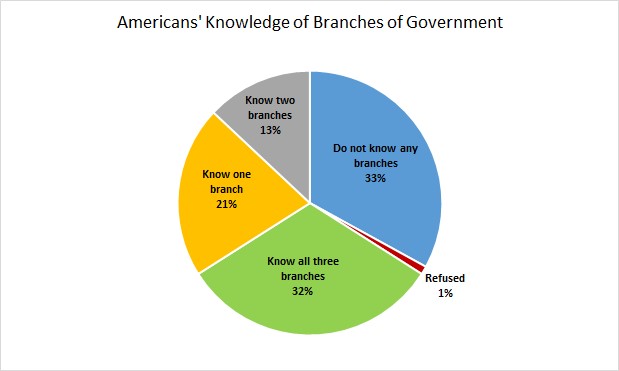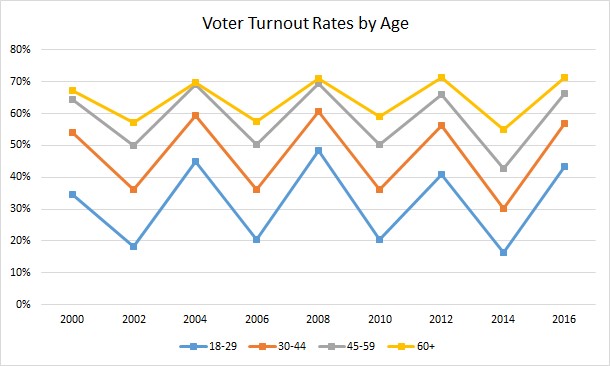
Oct 16, 2018 12:00:00 AM
 Additionally, civic engagement, particularly voting, is not just about making a well-reasoned choice between two or more options. It’s also a way of demonstrating political power. When young people aren’t engaged, they are leaving their figurative voice out of the political conversation, meaning the issues they care about may receive less attention, and policies that affect young people may be enacted without their input. Our education system should have a strong interest in empowering young people and starting them on a path of self-advocacy.
Additionally, civic engagement, particularly voting, is not just about making a well-reasoned choice between two or more options. It’s also a way of demonstrating political power. When young people aren’t engaged, they are leaving their figurative voice out of the political conversation, meaning the issues they care about may receive less attention, and policies that affect young people may be enacted without their input. Our education system should have a strong interest in empowering young people and starting them on a path of self-advocacy.  While the goal of civics education should be to both adequately inform students and get them engaged in the political process, it’s clear that we aren’t doing a good enough job on either front. This isn’t surprising when you consider how little time is spent on civics education. Based on a recent analysis from the Center for American Progress, 40 states require coursework in U.S. government or civics. While nine states require one year of such coursework, 31 only require a half-year, and 10 states have no requirement at all. If we want to ensure that the next generation of citizens is sufficiently prepared for civic life, we need to commit the necessary time and resources—certainly more than one semester. We should view this as an opportunity to rededicate ourselves to the civic mission of schools.
While the goal of civics education should be to both adequately inform students and get them engaged in the political process, it’s clear that we aren’t doing a good enough job on either front. This isn’t surprising when you consider how little time is spent on civics education. Based on a recent analysis from the Center for American Progress, 40 states require coursework in U.S. government or civics. While nine states require one year of such coursework, 31 only require a half-year, and 10 states have no requirement at all. If we want to ensure that the next generation of citizens is sufficiently prepared for civic life, we need to commit the necessary time and resources—certainly more than one semester. We should view this as an opportunity to rededicate ourselves to the civic mission of schools.
Phillip Burgoyne-Allen is a policy analyst at Bellwether Education Partners, a national nonprofit focused on dramatically changing education and life outcomes for underserved children.
The story you tell yourself about your own math ability tends to become true. This isn’t some Oprah aphorism about attracting what you want from the universe. Well, I guess it kind of is, but...
If you have a child with disabilities, you’re not alone: According to the latest data, over 7 million American schoolchildren — 14% of all students ages 3-21 — are classified as eligible for special...
The fight for educational equity has never been just about schools. The real North Star for this work is providing opportunities for each child to thrive into adulthood. This means that our advocacy...
Your donations support the voices who challenge decision makers to provide the learning opportunities all children need to thrive.
Ed Post is the flagship website platform of brightbeam, a 501(c3) network of education activists and influencers demanding a better education and a brighter future for every child.
© 2020–2024 brightbeam. All rights reserved.
Leave a Comment